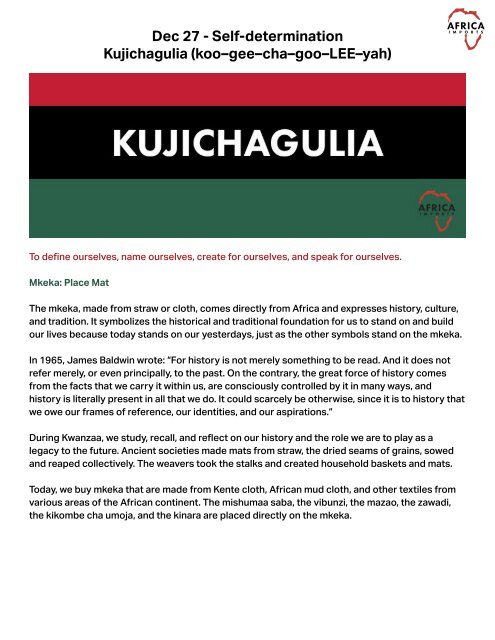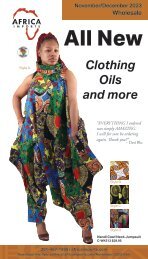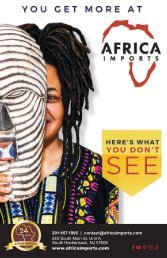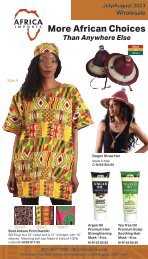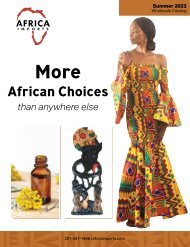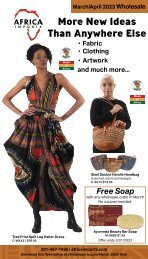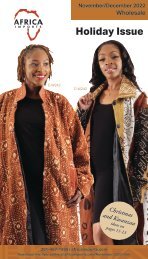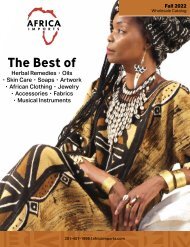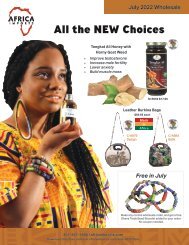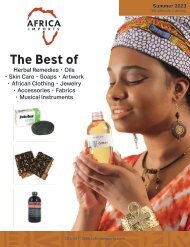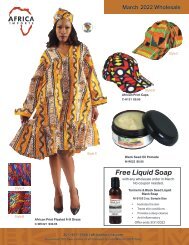Kwanzaa
A book about Kwanzaa.
A book about Kwanzaa.
Create successful ePaper yourself
Turn your PDF publications into a flip-book with our unique Google optimized e-Paper software.
Dec 27 - Self-determination<br />
Kujichagulia (koo–gee–cha–goo–LEE–yah)<br />
To define ourselves, name ourselves, create for ourselves, and speak for ourselves.<br />
Mkeka: Place Mat<br />
The mkeka, made from straw or cloth, comes directly from Africa and expresses history, culture,<br />
and tradition. It symbolizes the historical and traditional foundation for us to stand on and build<br />
our lives because today stands on our yesterdays, just as the other symbols stand on the mkeka.<br />
In 1965, James Baldwin wrote: “For history is not merely something to be read. And it does not<br />
refer merely, or even principally, to the past. On the contrary, the great force of history comes<br />
from the facts that we carry it within us, are consciously controlled by it in many ways, and<br />
history is literally present in all that we do. It could scarcely be otherwise, since it is to history that<br />
we owe our frames of reference, our identities, and our aspirations.”<br />
During <strong>Kwanzaa</strong>, we study, recall, and reflect on our history and the role we are to play as a<br />
legacy to the future. Ancient societies made mats from straw, the dried seams of grains, sowed<br />
and reaped collectively. The weavers took the stalks and created household baskets and mats.<br />
Today, we buy mkeka that are made from Kente cloth, African mud cloth, and other textiles from<br />
various areas of the African continent. The mishumaa saba, the vibunzi, the mazao, the zawadi,<br />
the kikombe cha umoja, and the kinara are placed directly on the mkeka.


